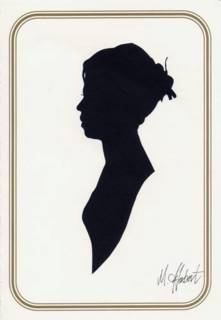This incident could have been brushed off easily but for me, it’s a perfect example of the Swiss Cheese model of accident causation, also known as the cumulative act effect. Think of a stack of slices of Swiss cheese and consider the holes in the cheese to be opportunities for a process to fail, and each of the slices are ‘defensive layers’ in the process.
An error may allow a problem to pass through a hole in the layer, but in the next layer, the holes are in different places, and the problem will be avoided.
In the incident yesterday, the layers in place are :
1) The living room door to be shut in all instances to prevent the door from roaming in the hallway
2) The wooden barrier at the bottom staircase to prevent the dog from coming upstairs
3) The door to my room to be shut tightly
4) A partially-filled wastepaper basket in my room

The errors that occurred in each layer are:
1) The living room door was left open accidently, which allowed the dog to roam in the hallway
2) The wooden barrier was not placed properly, which allowed the dog to come upstairs
3) The door to my room was not shut tightly by the cleaner who had entered my room to clean it the day before, thus allowing the dog to enter my room
4) My wastepaper basket was emptied by the cleaner. In previous occasions when the dog had managed to enter my room, its first port of call is the wastepaper basket to look for food.
Due to all the errors that happened consecutively, the dog took the opportunity to explore my bed instead. If only one of the errors had not happened, the incident would not have had happened.
When I found out, I was extremely annoyed as it meant I had to wash all my bed linen, when all I wanted to do was to go to bed after a very long day.
Hmmph!

No comments:
Post a Comment